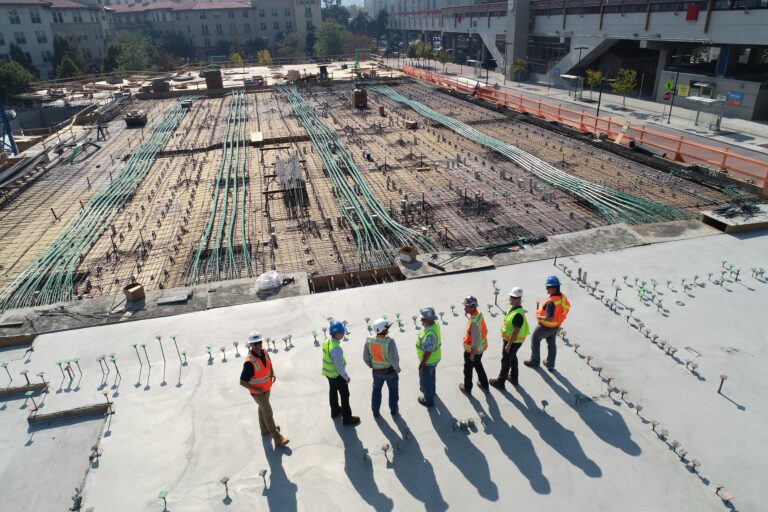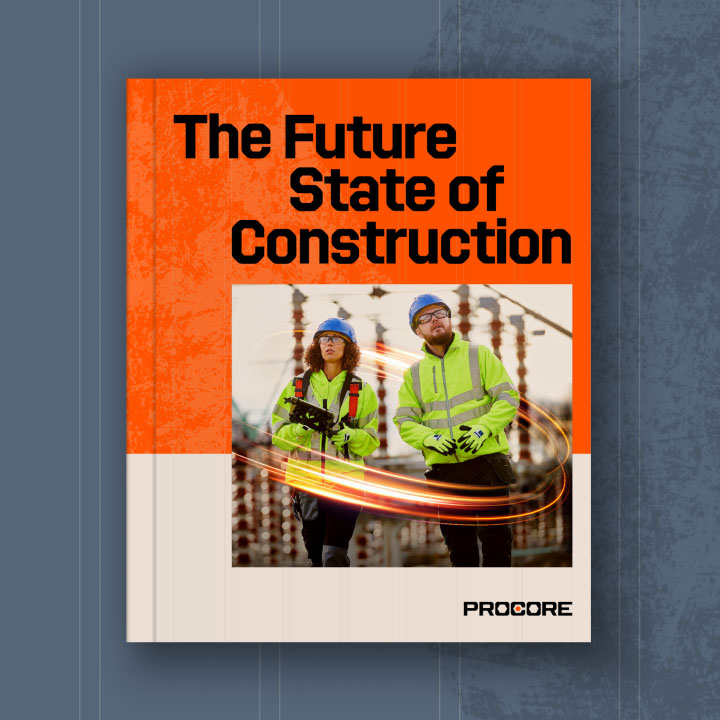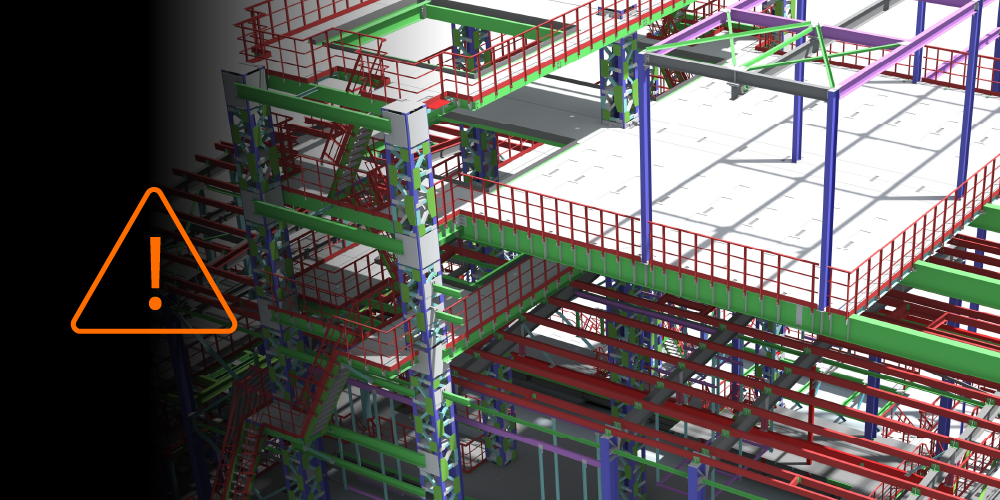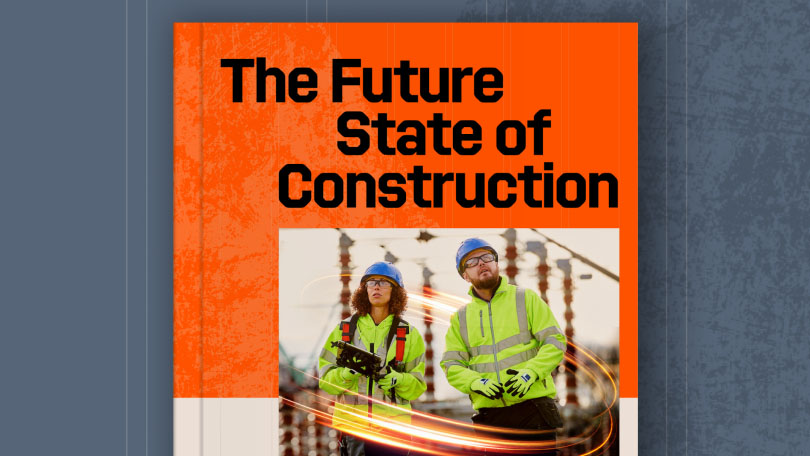Related Articles
— 6 min read
How to Run a Productive Construction Meeting

Last Updated Aug 28, 2025

Josh Krissansen
47 articles
Josh Krissansen is a freelance writer with two years of experience contributing to Procore's educational library. He specialises in transforming complex construction concepts into clear, actionable insights for professionals in the industry.
Last Updated Aug 28, 2025

Well-run construction meetings are fundamental to a successful project. Whether it’s a short toolbox talk or a detailed project update, meetings help align teams, resolve issues, and keep the project on track.
But not all construction meetings are created equal. Without clear objectives, a defined structure, and effective post-meeting follow-up, meetings can waste valuable time and lead to misunderstandings or project delays.
This article explores best practices for effective construction meetings, from pre-planning to post-meeting implementation. You'll learn strategies to maximise meeting value, improve team communication, and leverage digital tools to enhance both efficiency and accountability.
Table of contents
What is a Construction Meeting?
A construction meeting is a planned gathering where project stakeholders coordinate activities, resolve issues, and make key decisions. These meetings vary in format and frequency throughout the project lifecycle, but all serve to maintain team alignment and drive project progress.
At their core, construction meetings are about clarity and momentum. They offer an opportunity to review progress, coordinate tasks, discuss issues, and agree on next steps — all in real time, with the right people in attendance.
Attendance depends on the type of meeting. A toolbox talk might involve only the site crew. A weekly progress meeting could include the project manager, construction manager, general contractor, and subcontractors. Higher-level meetings may bring in the client, engineering consultants, or commercial team.
What matters most is that the people in the room are directly responsible for the work being discussed and the decisions being made.
Types of Construction Meetings
Different types of construction meetings support different project phases and requirements. Knowing when and how to use each one can improve communication, reduce issues and delays, and keep project teams on the same page.
Pre-Start Meetings
Pre-start — or pre-construction — meetings take place at the start of a project or before a new phase of work begins. Their purpose is to align contractors, subcontractors, and other stakeholders on elements like scope, sequencing, safety requirements, and the project schedule and expectations. A pre-construction meeting can also identify potential issues before work starts on-site.
Toolbox Talks
These are short, focused safety meetings, usually held at the start of a work shift. Toolbox talks reinforce safe work practices, raise awareness of site-specific hazards, and ensure all team members understand their on-site responsibilities.
Site Coordination Meetings
Often held weekly, site coordination meetings bring together key trades to resolve on-site issues, clarify sequencing, and adjust project plans based on real-time site conditions. They’re especially important on complex or multi-trade jobs where activities are tightly interdependent, and where communicating with subcontractors is key to avoiding rework or delays.
Progress or Status Meetings
These types of meetings are used to track overall project performance. They focus on timelines, milestones, budget updates, and any obstacles that might impact delivery. They often include the general contractor, project manager, and client representatives.
Safety Meetings
Separate from toolbox talks, these are more formal safety reviews that may include inspections, incident reporting, compliance checks, and risk assessments. They’re often attended by safety officers, supervisors, and trade leads.
Client or Owner Meetings
Held less frequently, these meetings provide project updates, review key decisions, and secure approvals. They may discuss variations, timelines, and financials, and are usually attended by senior project leaders and the client team.
How to Run a Productive Construction Meeting
An actionable construction meeting doesn’t happen by chance. It’s planned, structured, and led with purpose. Whether you’re running a quick site coordination check-in or a formal progress review, these steps can help ensure every meeting is productive and worthwhile.
Plan Ahead
Review the latest project documents, meeting history, and any relevant client or consultant input. Having everything organised and ready to go helps you focus on the discussion, rather than finding files or rehashing old updates.
Set Clear Objectives
Decide what the meeting needs to accomplish and make that clear to everyone attending. Whether it’s solving a specific issue or confirming next steps for the week ahead, setting a goal keeps things focused and action-oriented.
Create and Share an Agenda
Build an agenda with time blocks for each topic and circulate it in advance. This helps attendees prepare and gives the meeting structure, especially when conversations start to drift off track.
Facilitate Open Communication
Encourage participation from everyone in the room. That might mean asking quieter trades for input or redirecting the discussion if it gets dominated by one voice. A productive meeting is one where the right people speak up at the right time.
Define Owners and Next Steps
Make sure every action item has a clear owner and a due date. If no one’s responsible, it likely won’t get done, and you’ll be faced with the same recurring issues.
Document and Follow Up
Take structured notes that include decisions made and actions agreed to. Share them with attendees afterwards and follow up on open items in future meetings. A written record keeps everyone aligned and accountable.
Pro Tip
When meetings lack structure, the cost isn’t just time. Disorganised meetings can result in rework, delays, and unresolved issues that come up again on-site.
A 30-minute meeting with the wrong people or no clear outcome can lead to hours of field coordination afterwards. That’s why preparation, documentation, and follow-up are key to keeping construction projects protected.
Tools and Technologies for Construction Meeting Management
Digital tools designed for the construction industry have transformed how teams plan, run, and follow up on meetings. Construction meeting technology can help you improve efficiency, reduce admin time, and keep everyone aligned, even when working across different locations.
Here are three ways to make your meetings more effective using construction tech.
Digital Scheduling and Agenda Management
Cloud-based scheduling tools make it simple to create recurring meetings, invite the right attendees, and attach relevant documents ahead of time. And with shared access, all stakeholders can view the agenda, helping to reduce confusion and missed items.
Look for tools that let you save agenda templates, carry over unresolved items, and link tasks or drawings directly to meeting topics. The more integrated the agenda, the less time you’ll spend re-explaining project details.
Real-Time Collaboration and Note-Taking
Capturing meeting minutes, decisions, and attendance using digital note-taking tools — and providing these via a shared document – is a good way to help guarantee all updates are recorded accurately and consistently.
For site-based teams, mobile-friendly tools are key. They allow superintendents or trade leads to update meeting notes from the field, keeping both office and site teams in the loop.
Follow-Up and Action Tracking
After the meeting, task tracking tools streamline the process of assigning follow-ups, setting due dates, and monitoring completion. When everyone involved has visibility into what needs to be done and when, there’s less need for repeated check-ins or clarification.
Centralised tracking also creates a clear audit trail. This can be useful if disputes occur later, as a digital record of what was agreed on protects both the project and the team.
Well-run meetings keep construction projects moving forward.
When construction meetings are structured, focused, and followed up properly, they drive progress instead of slowing it down. With the right preparation and tools, teams can spend less time in meetings and more time getting work done.
See what’s coming in construction over the next decade.
Download the Future State of Construction Report for insights, trends, and innovations shaping the industry over the next 8–10 years.

Categories:
Written by

Josh Krissansen
47 articles
Josh Krissansen is a freelance writer with two years of experience contributing to Procore's educational library. He specialises in transforming complex construction concepts into clear, actionable insights for professionals in the industry.
View profileExplore more helpful resources

Managing Direct Costs in Construction: How Visibility Drives Profitability
Direct costs define the financial reality of every construction project. They cover the labour, materials, and equipment that drive delivery and determine profitability. But even the best-planned budgets can shift...

BIM Clash Detection: Reducing Rework, Delays, and Risk in Construction
Design clashes can be a significant hidden cost in construction, as each conflict between systems risks expensive rework, project delays, and reduced margins. BIM clash detection empowers teams to identify...

Next-Gen Job-Costing: Ready to Move? 5 Things to Consider Before You Get Started
In this three-part series, Quantity Surveyor turned Financial Solutions Specialist Clint Burgess uncovers the real-world gains for people, processes, and profits when businesses move from legacy to next-generation Enterprise Resource...

From Workarounds to Workflow: Solving Construction’s Legacy Job-Costing System Challenges with Next-Gen Tools
In this three-part series, Quantity Surveyor turned Financial Solutions Specialist Clint Burgess uncovers the real-world gains for people, processes, and profits when businesses move from legacy to next-generation Enterprise Resource...
